Spanish mackerel dumplings, known as bà yú shuǐ jiǎo in Chinese cuisine, are a beloved dish celebrated for their delicate flavor and juicy texture. The key to their success lies in the filling—a harmonious blend of fresh fish, aromatic seasonings, and complementary ingredients. This article delves into the intricacies of crafting the ideal Spanish mackerel dumpling filling, offering insights into ingredient selection, preparation techniques, and flavor balancing. Whether you are a seasoned home cook or a curious novice, this guide will equip you with the knowledge to create dumplings that burst with umami and freshness.
Understanding the Star Ingredient: Spanish Mackerel
Spanish mackerel (Scomberomorus niphonius) is a prized fish in Asian cuisine, prized for its rich, buttery flesh and mild sweetness. When selecting fish for dumplings, freshness is paramount. Look for fillets with firm texture, shiny skin, and a clean, oceanic aroma. Avoid any specimens with a strong fishy smell or discolored flesh, as these indicate spoilage.
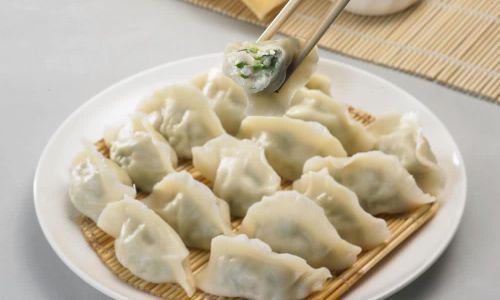
To prepare the fish, start by removing the skin and bones. Use a sharp, flexible fillet knife to gently separate the flesh from the skin, working against the grain to ensure minimal waste. Next, inspect the fillets for any remaining pin bones, using tweezers or pliers to extract them. The goal is to achieve bone-free flesh, as bones can disrupt the dumpling’s texture and pose a choking hazard.
The Role of Fat: Enhancing Flavor and Texture
While Spanish mackerel is fatty, adding a small amount of ground pork (preferably with a 3:7 or 2:8 fat-to-lean ratio) elevates the filling’s richness and succulence. The pork acts as a binder, preventing the fish from becoming dry or crumbly. Opt for pork shoulder or belly, as these cuts offer the right balance of fat and meat. Mince the pork finely to ensure it integrates seamlessly with the fish.
Aromatic Enhancements: Ginger, Scallions, and Herbs
Ginger is indispensable in seafood dumplings, as it neutralizes any lingering fishiness and imparts a subtle warmth. Finely grate fresh ginger and combine it with minced scallions (green onions) to create a fragrant base. For a twist, experiment with cilantro stems or dill, which add herbal freshness without overpowering the fish.
Seasonings: Balancing Salt, Sweet, and Umami
The filling’s seasoning profile hinges on a delicate equilibrium of flavors. Light soy sauce provides saltiness and depth, while a touch of sugar rounds out the sharpness of the fish. White pepper offers a mild heat, and sesame oil contributes a nutty aroma. For an optional layer of complexity, a splash of Shaoxing wine or dry sherry introduces a subtle fermented note.
Vegetable Additions: Crunchy Textures and Moisture Control
Finely chopped vegetables like napa cabbage, chives, or water chestnuts add texture and moisture to the filling. However, vegetables must be prepped carefully to prevent excess liquid, which can make the dumplings soggy. Salt the vegetables lightly, let them drain in a colander for 10–15 minutes, then squeeze out any residual moisture before mixing them into the filling.

The Binding Agent: Starch and Egg
A mixture of cornstarch and egg white acts as a gentle binder, ensuring the filling holds together without becoming gummy. The egg white also contributes to a silky mouthfeel, while cornstarch thickens the mixture slightly, preventing leakage during cooking.
Step-by-Step Filling Preparation
-
Combine Fish and Pork:
In a large mixing bowl, combine the minced Spanish mackerel and ground pork. Use your hands or a rubber spatula to mix gently, ensuring even distribution. Avoid overmixing, as this can toughen the proteins. -
Incorporate Aromatics:
Add the grated ginger, minced scallions, and chopped herbs. Fold them into the fish-pork mixture until just combined. -
Season with Precision:
Drizzle in the light soy sauce, sesame oil, and Shaoxing wine (if using). Sprinkle the sugar and white pepper over the mixture, then toss lightly to distribute the seasonings evenly. -
Add Vegetables:
Fold in the prepped vegetables, taking care not to bruise them. The vegetables should remain distinct to provide bursts of freshness.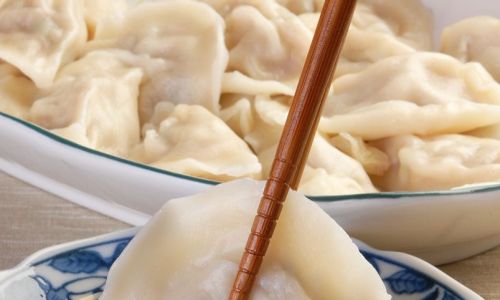
-
Bind with Starch and Egg:
Sprinkle the cornstarch over the mixture, then pour in the egg white. Mix gently until the filling feels cohesive but still airy. -
Test for Seasoning:
Before assembling the dumplings, fry a small patty of the filling in a pan. Taste and adjust the seasonings as needed—add a pinch more salt, a drop of soy sauce, or a squeeze of lemon juice to brighten the flavors.
Pro Tips for Flawless Filling
- Temperature Control: Chill the filling for 30 minutes before assembling dumplings. Cold filling is easier to handle and less likely to tear the wrapper.
- Hydration Management: If the mixture feels too wet, add an extra teaspoon of cornstarch. If too dry, incorporate a teaspoon of ice-cold water or chicken stock.
- Texture Variation: For a coarser texture, pulse the fish and pork in a food processor instead of mincing by hand.
- Flavor Pairings: Experiment with additions like minced shrimp, wood ear mushrooms, or bamboo shoots for unique twists.
Common Pitfalls and How to Avoid Them
-
Fishy Aftertaste:
Overly “fishy” dumplings often result from poor-quality fish or inadequate removal of bloodlines. Always source fresh fish and trim any dark red flesh near the bones. -
Soggy Wrappers:
Excess moisture from vegetables or fish is the primary culprit. Ensure vegetables are thoroughly drained, and avoid overfilling the dumplings. -
Dry Filling:
Insufficient fat (from pork or oil) or overcooking can dry out the filling. Maintain the 2:8 or 3:7 fat ratio and cook dumplings until just opaque.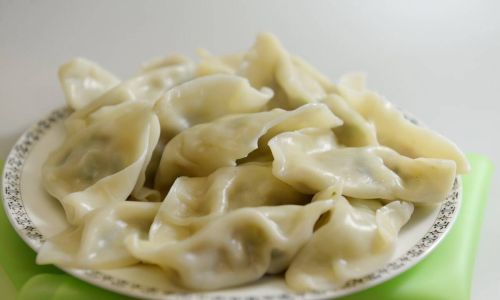
-
Unbalanced Flavors:
Taste and adjust the filling before assembly. A pinch of sugar can mellow bitterness, while a squeeze of citrus can cut through richness.
Cultural Context and Regional Variations
Spanish mackerel dumplings are a staple in coastal regions of China, particularly Shandong and Liaoning provinces, where fresh seafood is abundant. In some areas, cooks add a splash of vinegar to the filling for acidity, while others incorporate chili oil for heat. Vegetarian versions swap fish with mashed tofu or mushrooms, retaining the dish’s essence through umami-rich substitutions.
Beyond Dumplings: Creative Uses for the Filling
Leftover filling need not go to waste. Transform it into:
- Fish Cakes: Pan-fry patties until golden.
- Wontons: Wrap in smaller squares and serve in broth.
- Stuffed Peppers: Stuff mini bell peppers and bake until tender.
Conclusion: The Journey to Dumpling Mastery
Crafting the perfect Spanish mackerel dumpling filling is an art that rewards patience and precision. By respecting the ingredients’ natural flavors and balancing texture and seasoning, you can create a dish that delights the senses and honors culinary tradition. Whether enjoyed during a family feast or a quiet evening, these dumplings embody the joy of sharing food crafted with care. So, roll up your sleeves, embrace the process, and savor the fruits of your labor—one exquisite bite at a time.
Final Thought: Remember, the best teachers are your taste buds. Adjust recipes to suit your palate, and don’t be afraid to experiment. After all, the most memorable dishes are those made with intuition and love.
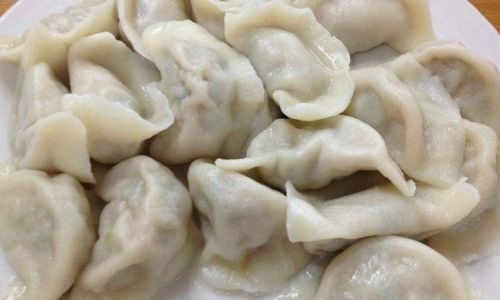



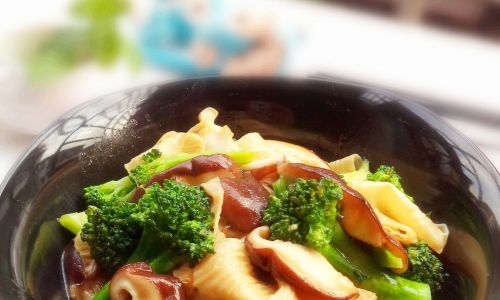
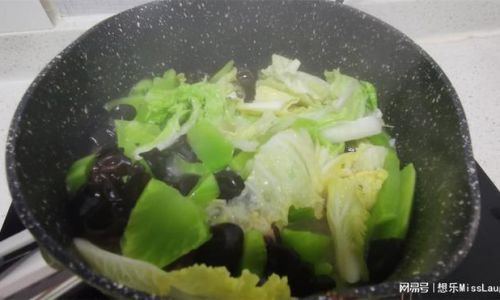
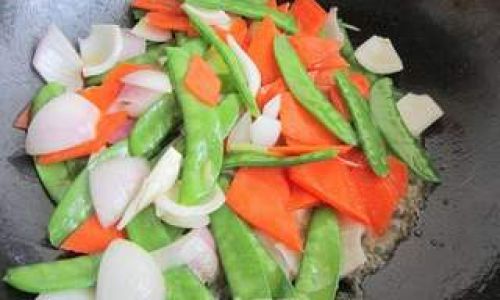
0 comments